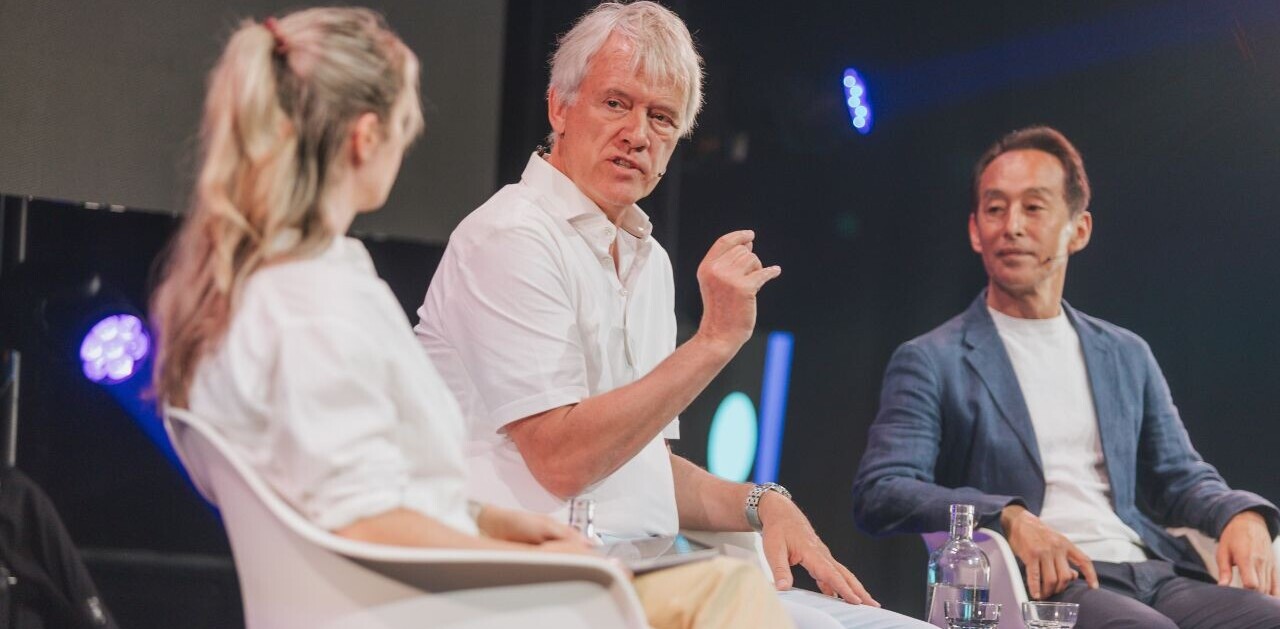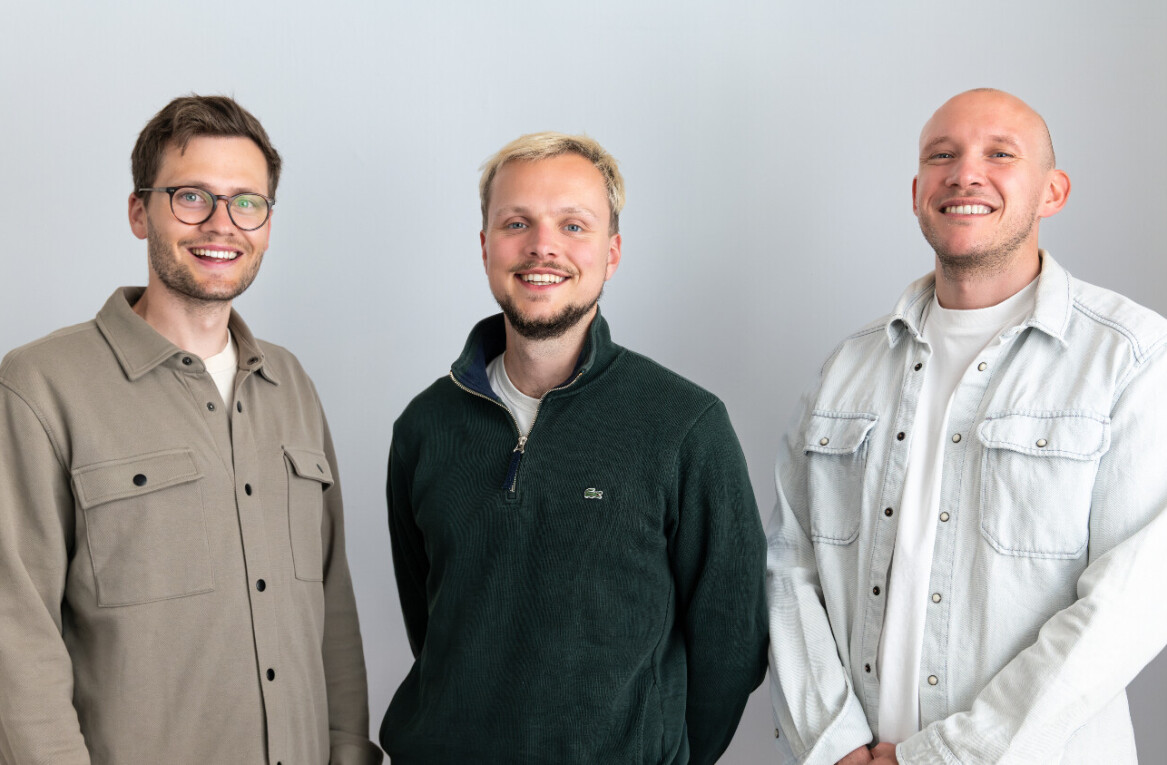
Social Media Week is heading into its last few days and there’s been more events than you could shake a Web-connected stick at.
In London, the Imagination agency hosted an event entitled ‘Socialising the Internet of Things’ with Dr Jon Rogers, course director of Product Design at the University of Dundee, Mark Coyle Editor, BBC London 2012, Online and Dave Patten, Head of New Media at the Science Museum.
Each managed a presentation vaguely linked to the Internet of things and a panel discussion fielding questions from the audience followed.
However, much as the speakers were interesting, the interactive approach by Imagination to the entire event was very engaging indeed. As the audience arrived, they were handed an electronic tag on a lanyard which was handed over with the slightly unsettling instruction, “We’re running a social experiment today. Please head into the waiting area and find your team.”
Who doesn’t like an unexpected social experiment? Well, it is Social Media Week.
 In the airy waiting area, around 70 people, all wearing devices milled about and looked at each other sideways. Eventually people chatted and worked out that through some sort of sensors, the lights on the tags would light up in different colours when they came into range with another tag. The colour of the lights on your device represented the team you were in.
In the airy waiting area, around 70 people, all wearing devices milled about and looked at each other sideways. Eventually people chatted and worked out that through some sort of sensors, the lights on the tags would light up in different colours when they came into range with another tag. The colour of the lights on your device represented the team you were in.
In fact, Imagination’s head of technology, Kel Phillipson and his team had cooked up 150 devices with the help of hardware hacking specialist Charles Yarnold. The tags used infra-red to communicate with each other as well as radio communication to send data back to a base station.
The event data was gathered and presented after the talks revealing red, blue and green teams – blue being the best at finding other team mates. There was also information that showed who had been using a gaming machine also present in the waiting area as that was another live item in the waiting area that had a monitor stashed in it.
Integrating the Internet of Things into the event was a lively touch and one that illustrated the beginnings of our connected world rather nicely.
Connected Visions
The speakers in turn presented their own visions of a connected world. Dr Rogers boldly claimed that print media would be dead within five to ten years and considered connected paper that could record locations or provide better interactivity as a possible future option.
He also explained how the Internet of things could better breach the digital divide. Using his own work connecting popularity on Twitter with fame in the real world. The yawning gap between the two is blindingly obvious when you think about it. Try telling the chap who runs your corner store if you’re a big deal on Twitter and find out how much he cares.

Mark Cole discussed his work with ‘Torchy’ the webcam that followed the journey of the Olympic Torch around the UK and Ireland. Interestingly giving the camera view a nickname did wonders for audience engagement. When ‘Torchy’ went dark for any reason, even those who wrote in to complain were softened by anthropomorphising the service.
Cole pointed out that the BBC’s unique selling point for Olympic coverage was its national broadcasting rights. So it really had to make the most of its video content.
 As we’ve already reported, 24 simultaneous live streams across 4 screens is no mean feat, however Cole said that the presentation of recorded video was a big problem to solve. “One of the biggest challenges we had, was working out how to take two and a half thousand hours of sporting action and present that to the user. One of the single biggest areas that was done was around UX to give people a sensible, logical way to get from the live content to on demand. I think what we did for live content was very good but it got a bit more naughty when people were trying to access the on demand content.There was a UX lesson for the BBC to learn there,” he noted.
As we’ve already reported, 24 simultaneous live streams across 4 screens is no mean feat, however Cole said that the presentation of recorded video was a big problem to solve. “One of the biggest challenges we had, was working out how to take two and a half thousand hours of sporting action and present that to the user. One of the single biggest areas that was done was around UX to give people a sensible, logical way to get from the live content to on demand. I think what we did for live content was very good but it got a bit more naughty when people were trying to access the on demand content.There was a UX lesson for the BBC to learn there,” he noted.
A massive haul of data is a tricky act to pull off but dealing with all of that material responsibly and presenting it in ways that are useful for audiences is another.
This idea was part of the Internet of Things discussion in a broader way. If the objects around us start to communicate with us and each other, who owns the data, what should we do with it all and how should it be presented?
If your home is responsive, you may think that you can manage the resulting data with apps and programs, but what about an entire building, or a city? Should the companies who make responsive software own the data, or the people who generate it?
Dave Patten of the Science Museum has been working with Google on the Web Lab exhibition. A show that connects visitors to the site with visitors online and crosses the boundaries between the virtual and the real through various exhibits.
Patten commented on finding standards across an Internet of Things that might make the transfer of data easier and therefore more useful.
At the moment Google is one of the companies that is connecting us through our lives online to our phones and soon maybe our cars. But does this set standards or should we be more concerned about a future monopoly, whether that is Google or another tech giant in the future?
These are huge questions for the future of the Internet of things and it was possibly a bit mean to fire them off at the panel expecting concise answers.

Dr Rogers hit upon the role of the expert in the future. This overwhelming amount of data might seem like an impossible amount to make sense of without computers.
But already in a physical world we have curators, broadcasters and academics who help us navigate and they do this with very human skills known as story telling.
It might be that these old-fashioned skills need new tools like software for data journalists, digitized records in museums or databases and remote viewing services for researchers and academics.
People are natural story tellers and the Internet of Things, no matter how much it relates to objects talking to other objects, it still relates to the way people are and the things that we do. No matter how much data there is, one thing that humans are good at is talking about themselves.
Get the TNW newsletter
Get the most important tech news in your inbox each week.





